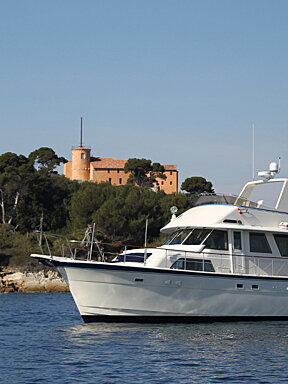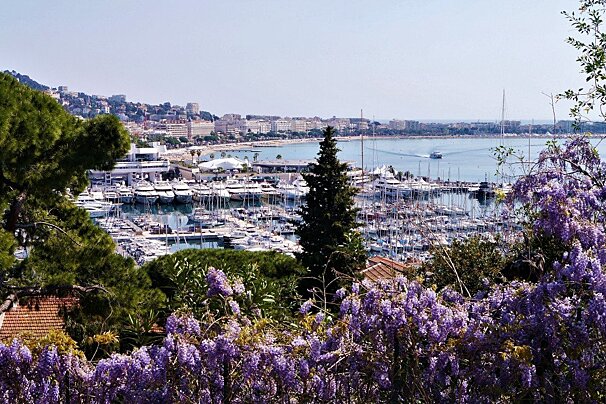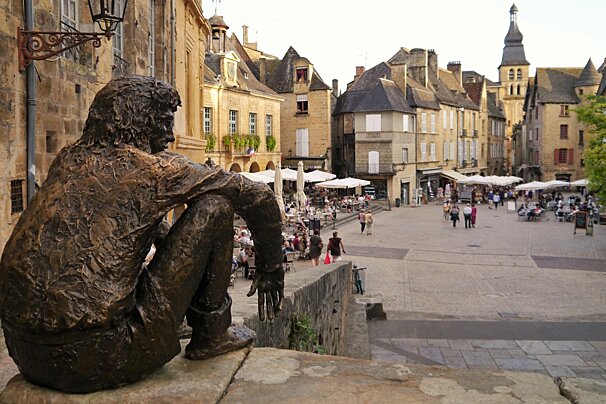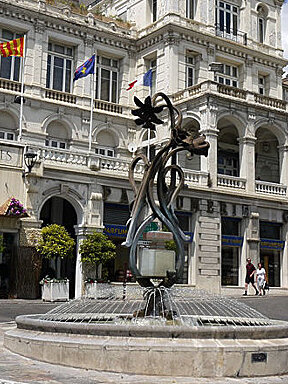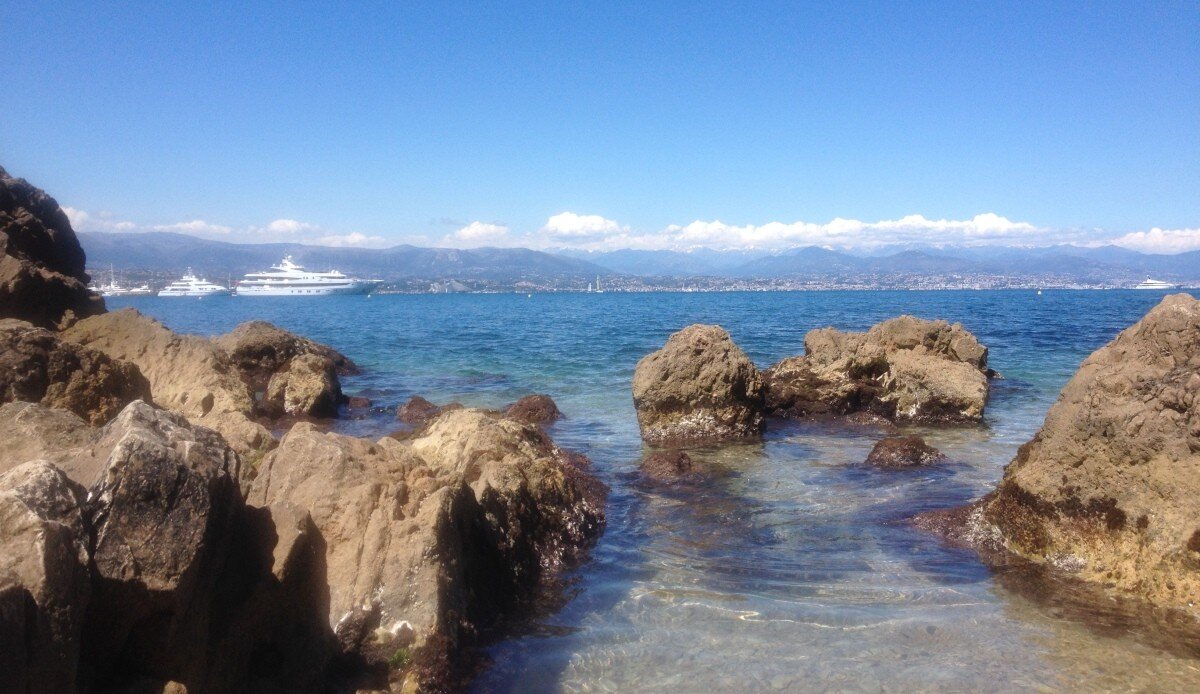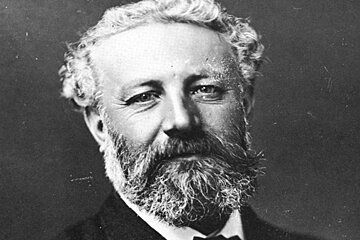
© famous authors
Jules Verne
The father of science fiction, adventure novelist extraordinaire
Jules Verne, adventure novelist and the ‘father of science fiction’, found writing inspiration surrounded by the pine trees and villas of Cap d’Antibes, that splendid headland with its crystal clear coves, pine trees and sweeping view of the Bay of the Angels across to the snow-capped Alps.
Verne anchored his yacht Le Saint Michel II off the Cap, where more than 150 years later the superyachts now gather in great force in the months of July and August, their tenders buzzing back and forth between the exceedingly glamorous Hotel Eden Roc. He rented the Villa Les Chenes Vertes, where he worked on the stage adaption of one of his most famous works, Around the World in 80 days, and would on later visits work on 20 000 Leagues Under the Sea and A Voyage to the Moon. One must wonder what images of spaceships and aliens his mind conjured up as he looked across the sparkling sea and ancient ramparts of Antibes. I hope a UFO landed on the castle tower - now the Picasso Museum - at least once in his daydreams.
Pleasingly, while Verne wrote of fantastical moon landings completely out of the reach of mankind at the time of writing, his villa on the Cap would later be briefly occupied by the man who made the spacesuits of Neil Armstrong, Buzz Aldrin and Mike Collins. Here, fiction and future reality collided- as was the mission of Verne’s writing. He aimed to use the breadth of scientific knowledge and potential in his fiction, researching heavily and hypothesising to the limits of imagination. For this reason- this tremendous gift of taking new scientific discovery and pushing it beyond its known limits into adventure fiction- he is known as one of the fathers of the sci-fi genre.
No doubt the man would be endlessly pleased if he knew that a spacecraft would one day be named after him, and would in 2008 carry some of his notes and copies of From the Earth to the Moon and Journey to the Centre of the Earth into orbit. His writing showed the 19th century world the dream of space travel, and in the end his very words, written in his hand, would travel to space. There’s something just lovely about that.
He also found inspiration in tales of shipwrecks and derring-do upon the oceans, and the story goes that he tried to stow away on a ship to the West Indies when he was only 11 years old. According to the tale, his father caught him just before the ship set sail and he was made to promise that he would limit his future travels ‘to his imagination.’ The story is almost certainly false, but imagine the literary loss the world would have suffered had this young boy not delved into the travels of his imagination, and grown up to be one of the most translated authors on earth.
His fascination with adventure at sea stemmed from a young age. When he was at school, one of his teachers was a widow to a ship captain who had disappeared on a journey 30 years before. The teacher reportedly liked to tell Verne and the other pupils that her captain husband had been shipwrecked on a desert island like Robinson Crusoe, and would one day find his way back to her. This theme of separated love would return many times in his books- as would that of thwarted love, drawn from Verne’s own experiences of not being permitted to marry his first two great loves. He was not yet considered a suitable marriage prospect due to his aspirations as a novelist, but things would soon change as his literary star rose with the years, and he would eventually fall in love with and marry the young widow Honorine de Viane Morel.
He would spend years on Cap d’Antibes, yet he wasn’t the most voluble fan of the Riviera. ‘I have paid for this climate’, he wrote to his publisher after several visits. ‘I’ve been here three times and each time I’ve had neuralgia, sore throats and ear abscesses.’ Certainly the Mediterranean’s reputation as a place to cure illnesses was not working terribly well on Monsieur Verne.
Les Chenes Vertes is now 152 Boulevard President Kennedy, but you can still find his name engraved on the gate post of this magnificent white villa on the sea, where he wrote of ‘impossible’ things, many of which would, and still could, become possible.

